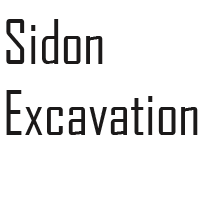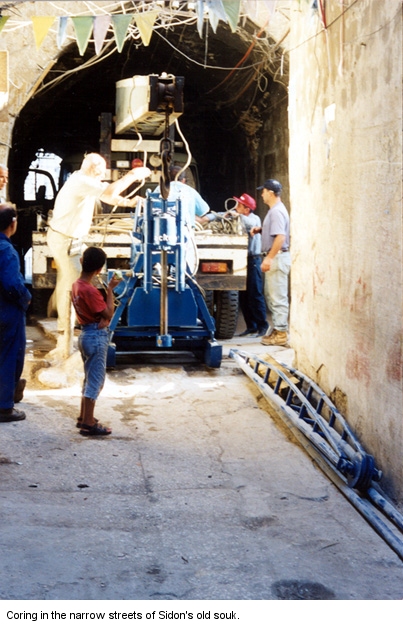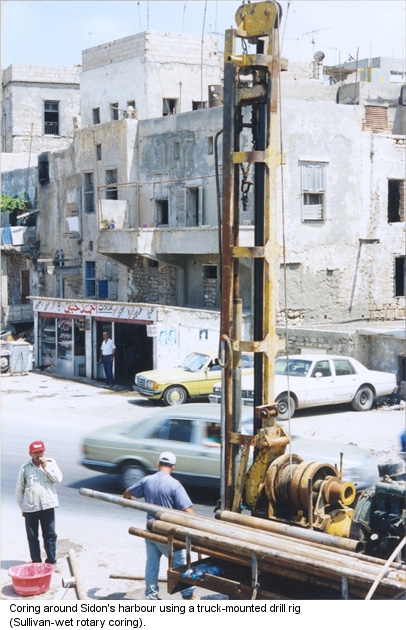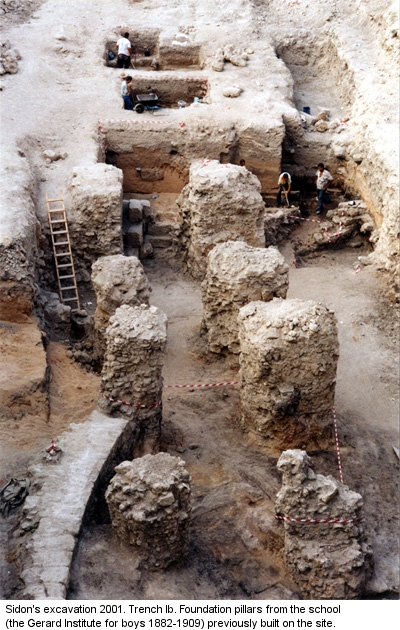EXCAVATION’S HISTORY
Until recently, a major obstacle to any in-depth research in the heart of the ancient city has been modern Sidon, which covers whatever lies below. Due to the propitious acquisition of three downtown sites by the Lebanese Directorate General of Antiquities in the early sixties access to the ancient layers of the city is now possible.
The three sites were expropriated around 1965 by the Lebanese Department of Antiquities “as sites of major interest” and remained untouched until 1998 when the British Museum became involved in the Sidon excavation. The main reason to expropriate these sites was first and foremost the discovery of a double protome capital featuring two bulls crouching back to back and fragments from the shaft and the base of a column on the college site during foundation work for the construction of the school in 1889. Several scholars, following Diodorus of Sicily came to the conclusion that these finds might be the remains of the pleasure gardens or Paradeisos of the Persians during the era of Artaxerxes III Ochus and Tennes of Sidon. The Sidon protome has the typical forked silhouette very similar to the ones found at Persepolis and Susa. Expropriation also provided a rare opportunity to excavate right in the heart of modern Sidon, which is only the second urban excavation to take place in Lebanon after Beirut. The Sidon sites offer the added advantage of having been acquired for the sole purpose of research. The aim of local authorities is to eventually transform the sites into an “archaeological park,” which means that the project has no time limit nor pressure from developers.
In 1998, permission was granted by the Lebanese Department of Antiquities to begin excavations on the site of the ancient city. So far there have been three seasons of excavation, in 1998, 2000, and 2001.




